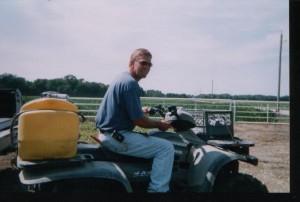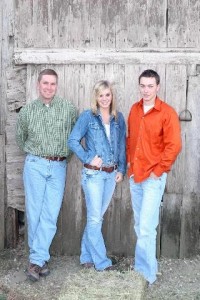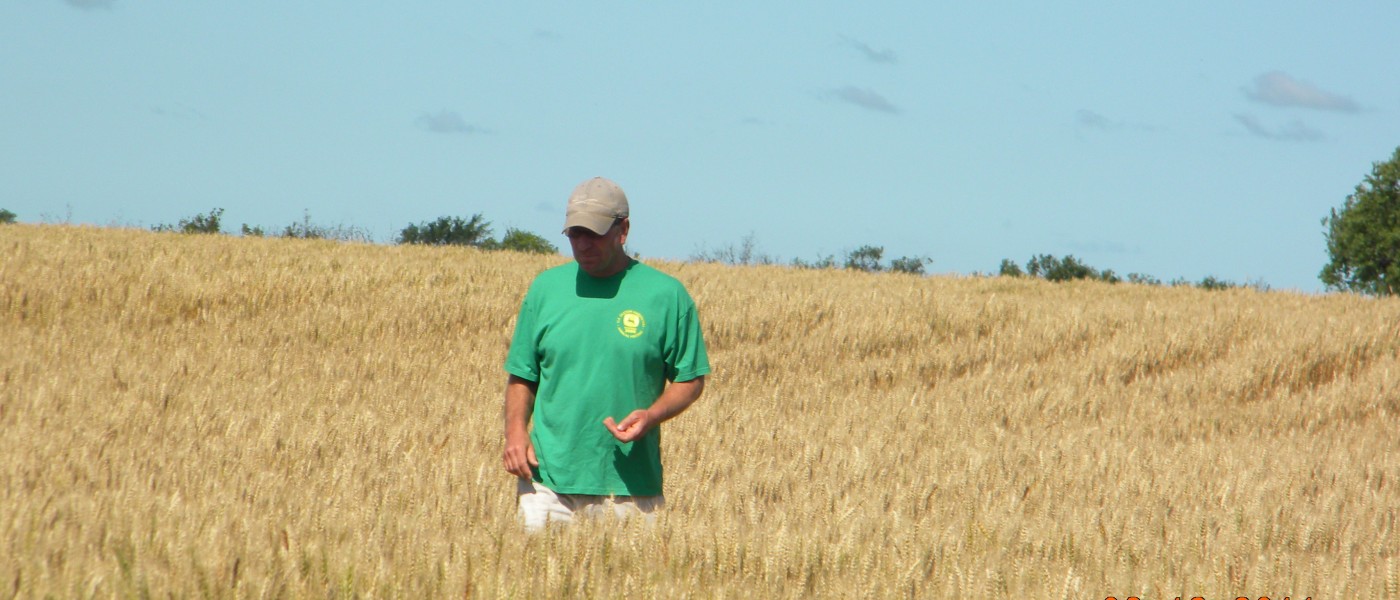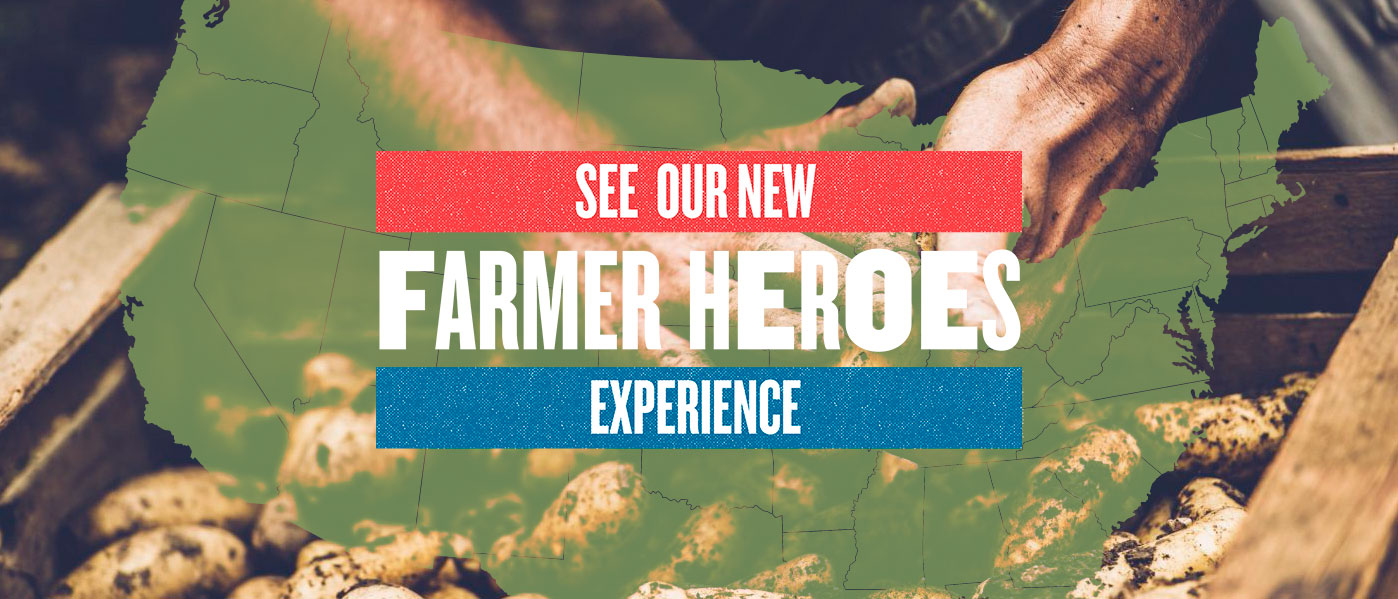Gail Fuller practices no-till crop farming and cattle grazing in Eastern Kansas. His two children have recently graduated from Kansas State University and both have plans to be farmers too. Gail and his kids’ visions and passion agriculture are allowing them to expand each year and provide a new model of crop farming for their area.
Growing up on a farm, Gail always knew that he wanted to be farmer. Both of his grandfathers were farmers, and on his father’s farm Gail learned about raising grain, hay and forage, as well as livestock. In the late 1980s Gail’s father passed the family farm on to his two sons. Gail’s brother took over the haying side of the operation and Gail took over the crop side. Their dad, now nearly 83, is still very active on the farm. At Fuller Farms, Gail grows corn, soy, winter wheat, field peas, forage pea mix, sunflowers and a large variety of other crops, in addition to raising cattle.
“It’s hard… people don’t understand what you’re doing so there is sometimes negativity around it.”
Gail describes his farming method as farming in nature’s image. His practices—including no-till farming, cover crops and grazing—protect the health of his land and the quality of his products.
 No-till farming involves growing crops from year to year without disturbing the soil through tillage. Gail believes the biggest benefit of a no-till system is the ability to counteract erosion. Kansas loses five to ten tons of soil per acre per year on average. With a no-till system, only about a half a ton of soil is lost per acre. “We’ve lost up to almost half of our top soil in the last 40 years. If we keep going like that my great grandchildren will have nothing to farm.”
No-till farming involves growing crops from year to year without disturbing the soil through tillage. Gail believes the biggest benefit of a no-till system is the ability to counteract erosion. Kansas loses five to ten tons of soil per acre per year on average. With a no-till system, only about a half a ton of soil is lost per acre. “We’ve lost up to almost half of our top soil in the last 40 years. If we keep going like that my great grandchildren will have nothing to farm.”
But even a half ton of lost soil is too much for Gail, so he uses cover crops to strengthen the health and integrity of his soil. He plants diverse seed mixes to increase the biodiversity of his farm, planting cover crop “cocktails,” mixtures of legumes, grasses and up to 13 different plants. “Nowhere in nature will you see a monoculture,” Gail points out. “So why do we farm that way?”
This year Gail planted 53 different kinds of plants. “Planting many different crops is a lot of fun and it spreads out the work load,” Gail says. He explains that before using cover crops he grew just three cash crops—corn, wheat and soybean. All of his work was jammed into just two to four months out of the year. With the addition of cover crops, Gail now plants 11 months out of the year. By growing cover crops that are a natural fertilizer for the soil, he’s also been able to cut his commercial fertilizer use (and cost) by 25% and expects to cut it by another 25% next year.
 Using these methods, Gail says, “You can be truly sustainable.” Gail’s farm is sustainable in another way: His two children went off to college and are now returning to the farm, with careers as farmers in mind. Gail’s daughter Kelsey has a degree in Animal Science from Kansas State University and before she returns for her masters in the fall she’s working full-time this summer with her Dad. She is considering taking over her father’s grazing operation when she finishes grad school.
Using these methods, Gail says, “You can be truly sustainable.” Gail’s farm is sustainable in another way: His two children went off to college and are now returning to the farm, with careers as farmers in mind. Gail’s daughter Kelsey has a degree in Animal Science from Kansas State University and before she returns for her masters in the fall she’s working full-time this summer with her Dad. She is considering taking over her father’s grazing operation when she finishes grad school.
Since receiving his undergraduate degree in Agronomy at Kansas State University, Gail’s son Colby has started a CSA and recently obtained his own small piece of land. This summer he is interning on an organic farm to learn the logistics of CSAs. He works with his dad and sister two days a week on the family farm and currently has two households signed up for his CSA. To start off, he is selling produce but he and Gail are in discussion about plans for the future. They hope the CSA will eventually include eggs, chickens, pork and beef and maybe even honey and wine!
Gail’s advice to someone interested in no-till farming is to find a mentor. He has developed a network of fellow no-till farmers and they enjoy sending pictures to each other of their forages. He is excited to see crops on his land that have never grown in Kansas before. He says, “It’s a lot of fun to see different species and how they interact and the wildlife that is attracted.”
One downside to his methods is that Gail often encounters suspicion about the way he farms, from neighbors and even from bankers he goes to for farm financing. He says, “It’s hard… people don’t understand what you’re doing so there is sometimes negativity around it.” To that end, Gail constantly communicates about his farming methods and their benefits.
He advises farmers, “Prepare yourself for the mental aspect.” He says it isn’t just about what your neighbors will say but you also must adapt to seeing the land differently. “When you farm this way, it’s messy. Your rows aren’t in perfect straight lines and because you don’t till the crops under you have a residue left behind that many farmers don’t find aesthetically pleasing.” Although it takes some work to appreciate farming in nature’s image, Gail feels it is well worth the effort because of the health and vitality it brings to his soil, his crops, his farm and its future.



